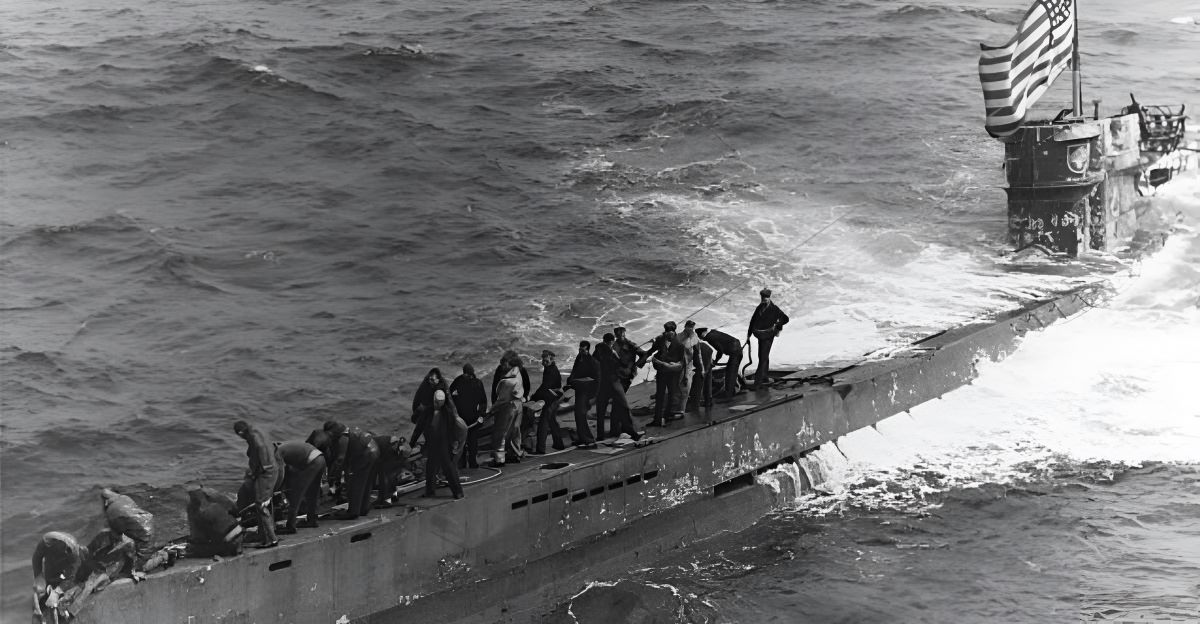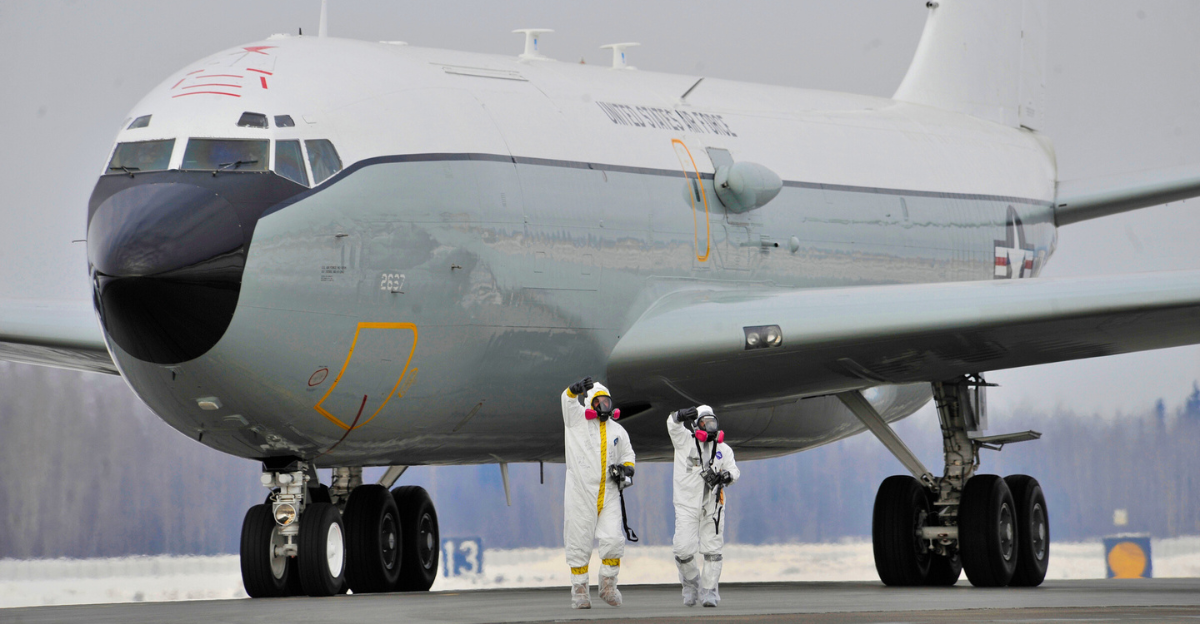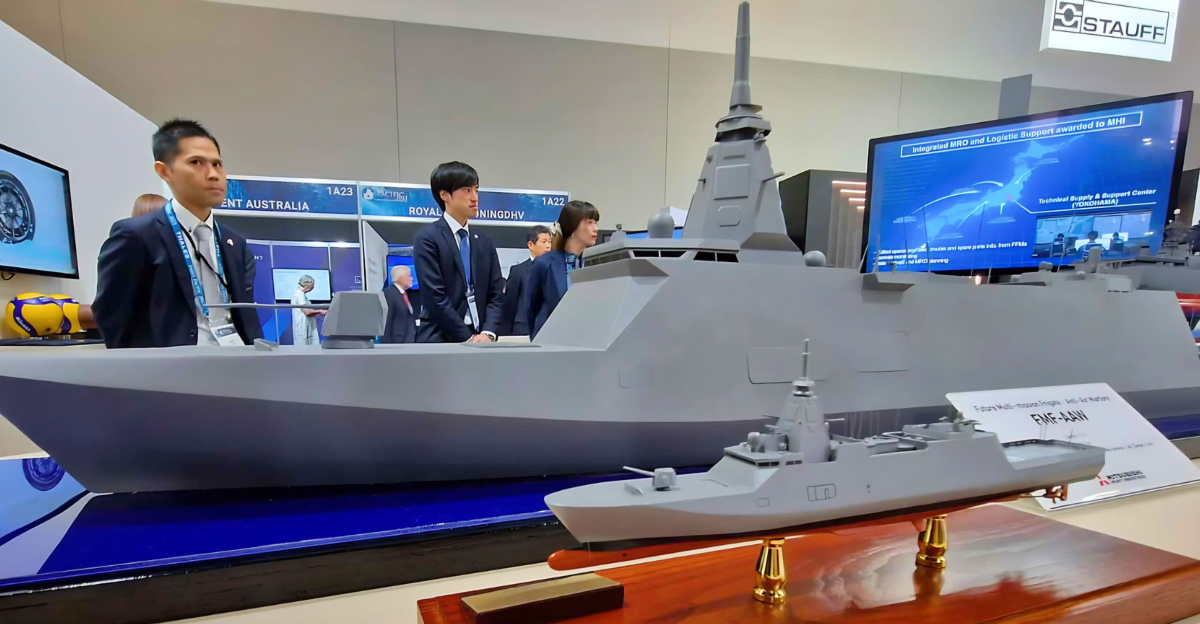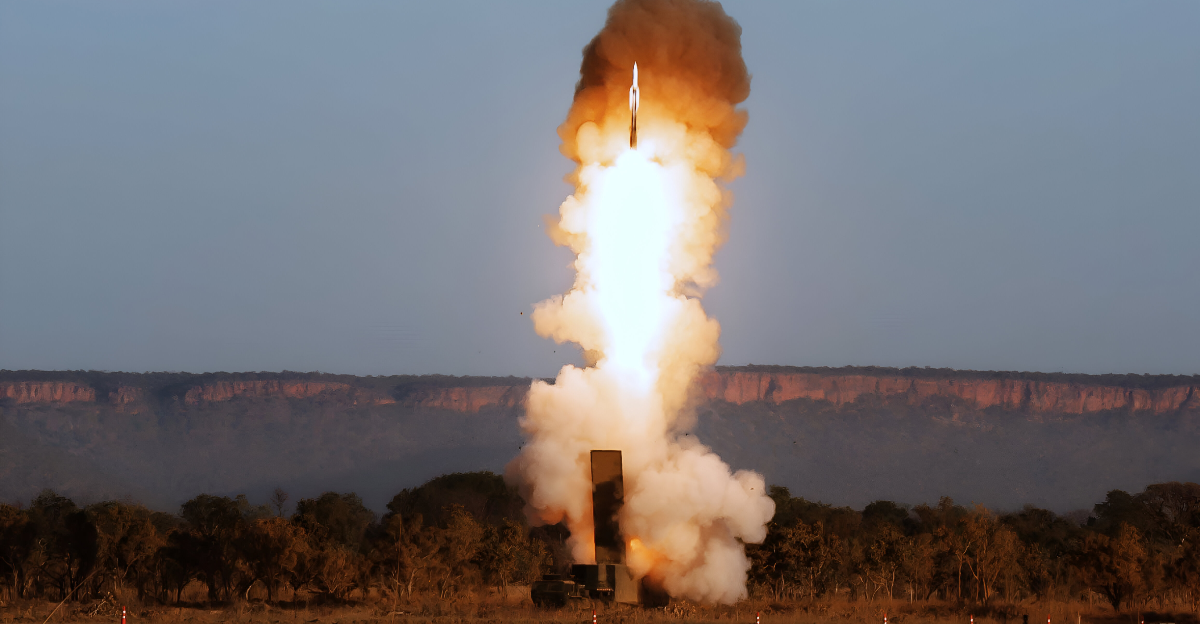
Australia’s outback saw a U.S. Army truck fire a Standard Missile-6. Range cameras, cited by Stars and Stripes, showed the rocket streaking 166 kilometers toward a target before a bright flash confirmed impact. “This system changes the game,” Deputy Commander Lt. Gen. Joel Vowell later told reporters.
Pacific Shift
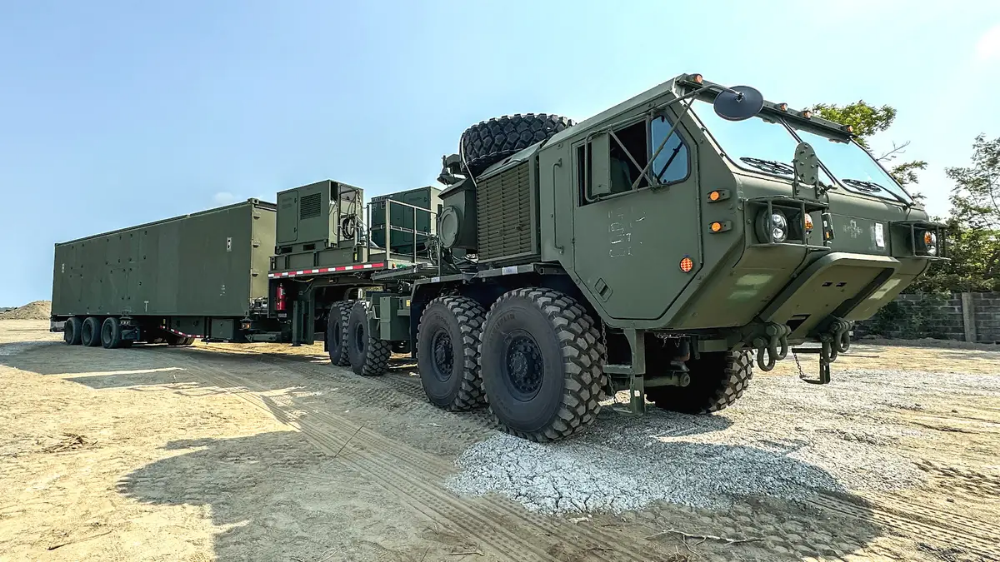
Business Insider notes the launcher was flown 8,600 miles, all the way from Washington to Australia, placing most Western Pacific sea lanes within reach.
Analysts at The War Zone add that a hidden truck capable of sinking ships forces Beijing to rethink its plans to protect sprawling island chains. This is all thanks to the cutting-edge weapon system.
New Weapon
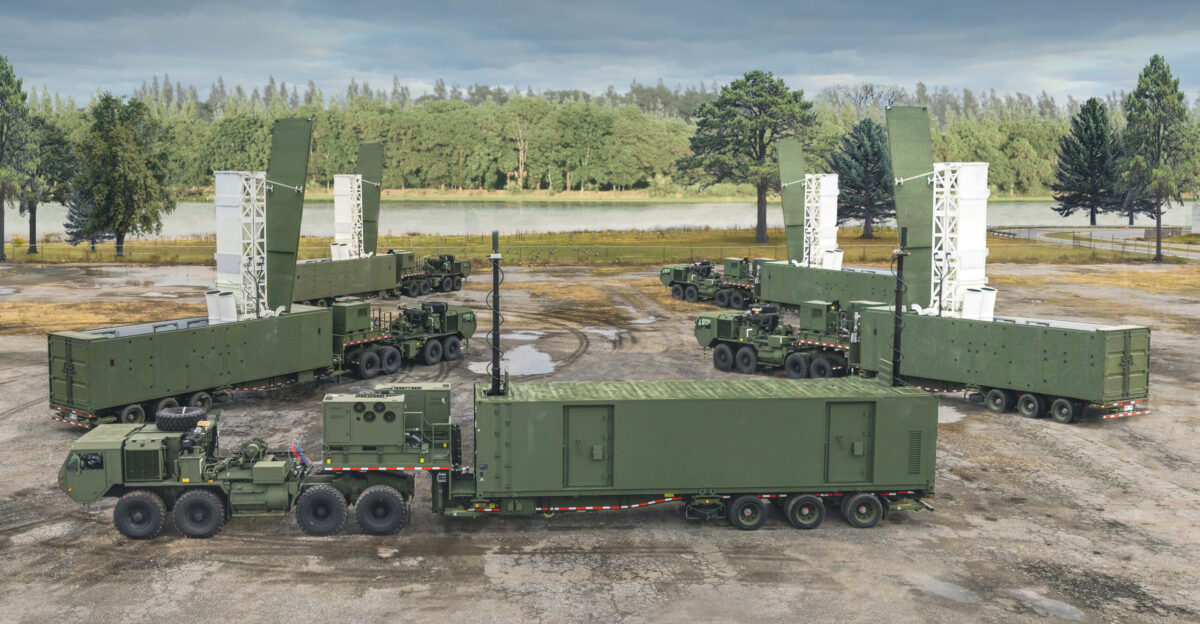
According to Janes, Typhon—officially the Mid-Range Capability—mounts four Navy Mk 41 cells on an eight-wheel truck and fires SM-6 or Tomahawk missiles.
Janes adds that engineers fast-tracked the design after the 2019 INF-Treaty exit, bridging the gap between HIMARS rockets and future hypersonic rounds. The result is a mobile battery that can travel 500–1,800 kilometers.
China Alarm

The deployment of the Typhon system caught China’s attention. The South China Morning Post reported Beijing’s February warning that Typhon deployments “stoke an arms race.”
Manila heard similar protests when a battery arrived in Luzon, yet Philippine President Ferdinand Marcos Jr. replied he would remove Typhon only if harassment of Filipino boats stopped. Australia’s test turned those warnings into reality for regional planners.
Chinese Reaction

People’s Daily labeled the launch “destabilizing,” warning that land-based SM-6 sites “aim at every Southeast Asian nation.”
Yet satellite images reviewed by the Australian Strategic Policy Institute show only routine PLA drills on Hainan, suggesting symbolic pushback so far. Analysts argue mobility makes Typhon hard to counter.
First Hit

At 07:16 on 16 July, Typhon’s crew launched the system during Exercise Talisman Sabre on an unmanned cargo-ship hulk that had been towed into position and fitted with an active radar emitter so it would mimic a hostile surface combatant.
A U.S. Army release confirmed the SM-6 slammed through the target ship and sank it “in minutes,” validating the first ground-launched SM-6 west of the International Date Line. “Another significant step forward in our ability to command and control advanced land-based maritime strike,” Col. Wade Germann said in the statement.
Allied Plans
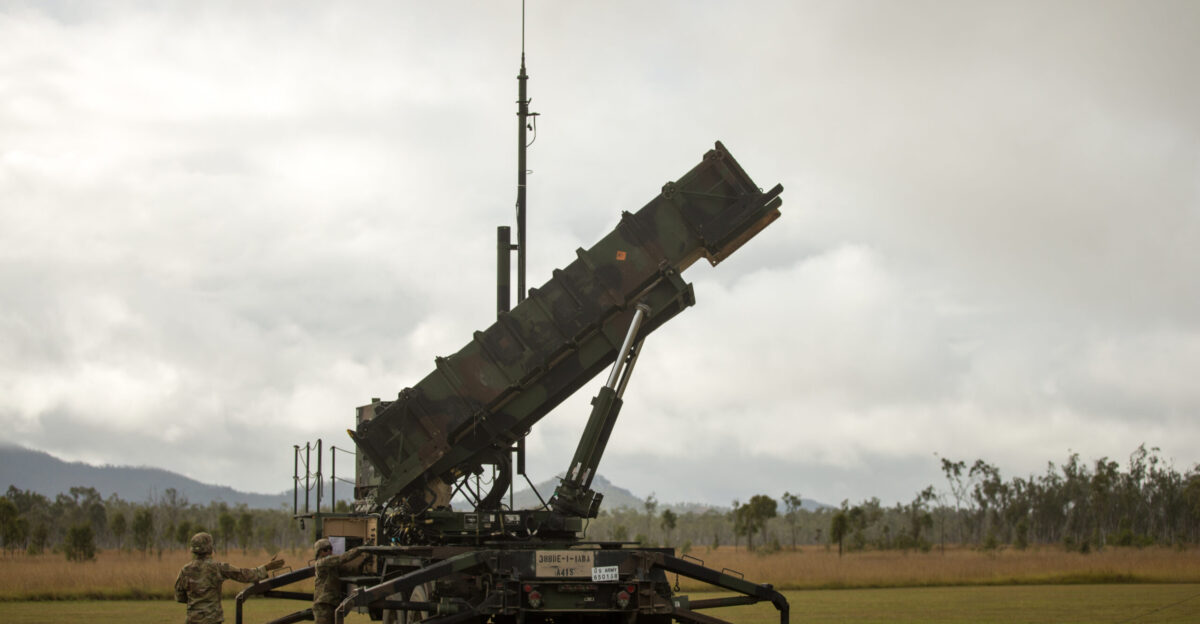
Australian Defence Minister Richard Marles was quoted by Reuters saying the shot is “proof we’re on the right path” toward buying SM-6 and 42 HIMARS launchers by 2028.
Just hours later, defence officials told Australian Defence Magazine that Japan, Singapore, and Indonesia requested Typhon data, hinting at a future “missile wall” from Darwin to Tokyo.
Soldier Reactions
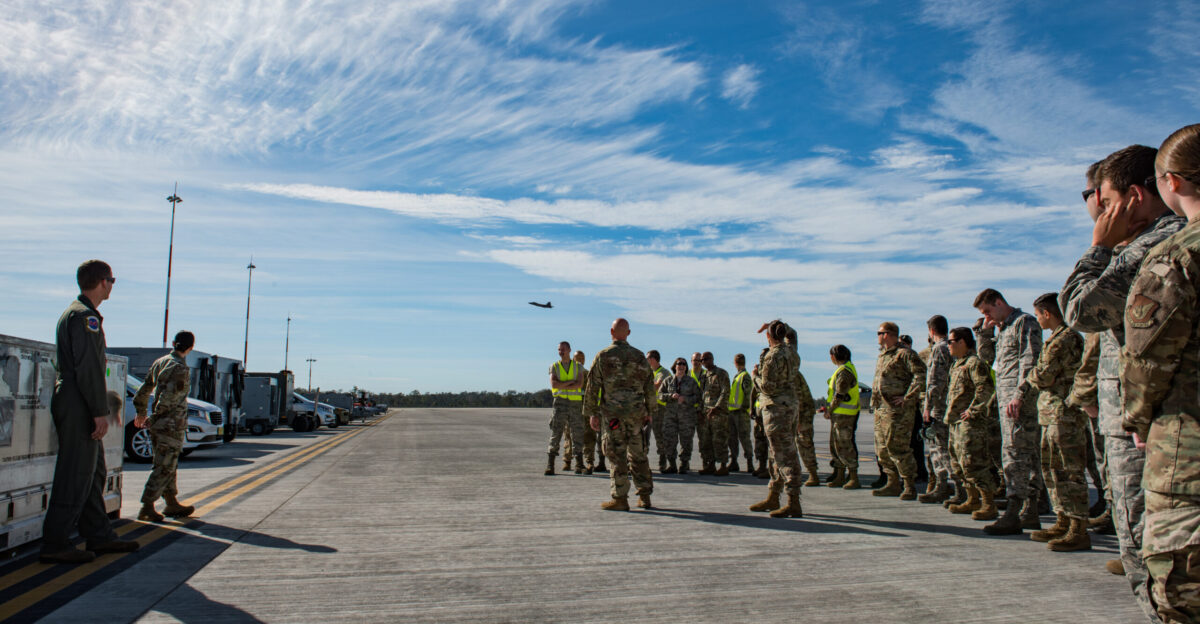
“The plume was massive,” Specialist Sofia Bunch recalled in a Defence Australia interview while replaying the hit on her tablet. Australian Gunner Seth Allen added that the launch was “a master-class in joint fires.”
The system has far-reaching implications for the future, as troops could now control effects once reserved for navies—turning keyboards into ship-killing triggers.
Missile Boom

During the same exercise, Reuters reported that Japan fired two Type-12 missiles that struck a target 100 km offshore. Congress’s CRS brief warns that 17 countries now seek ground-launched ship killers, raising “ladder-escalation” risks.
Still, Indo-Pacific Command argues dispersed precision fires deter aggression by complicating enemy plans.
Slimmer Launcher
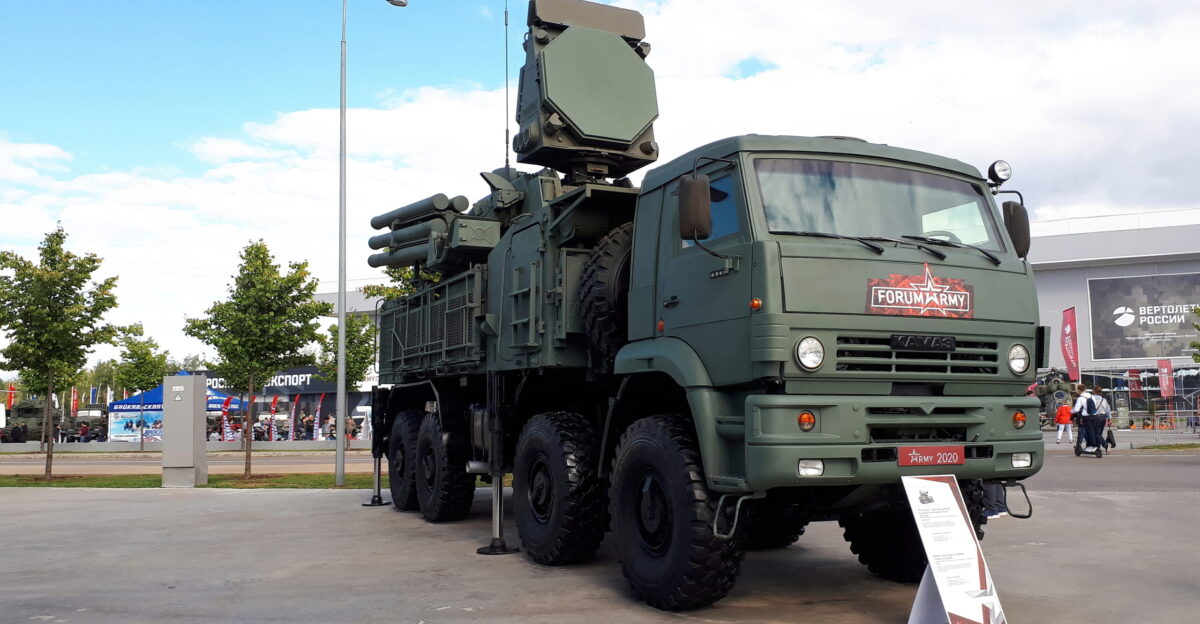
Defence Connect cites Vowell saying the Army wants a “smaller, semi-autonomous” Typhon to ride C-130s and hide on island strips. The system will be refined, with engineers adding auto-reload cranes and camouflage.
A prototype could fire at RIMPAC 2026, leaping between Darwin, Guam, and Palawan before satellites locate it.
Philippine Debate
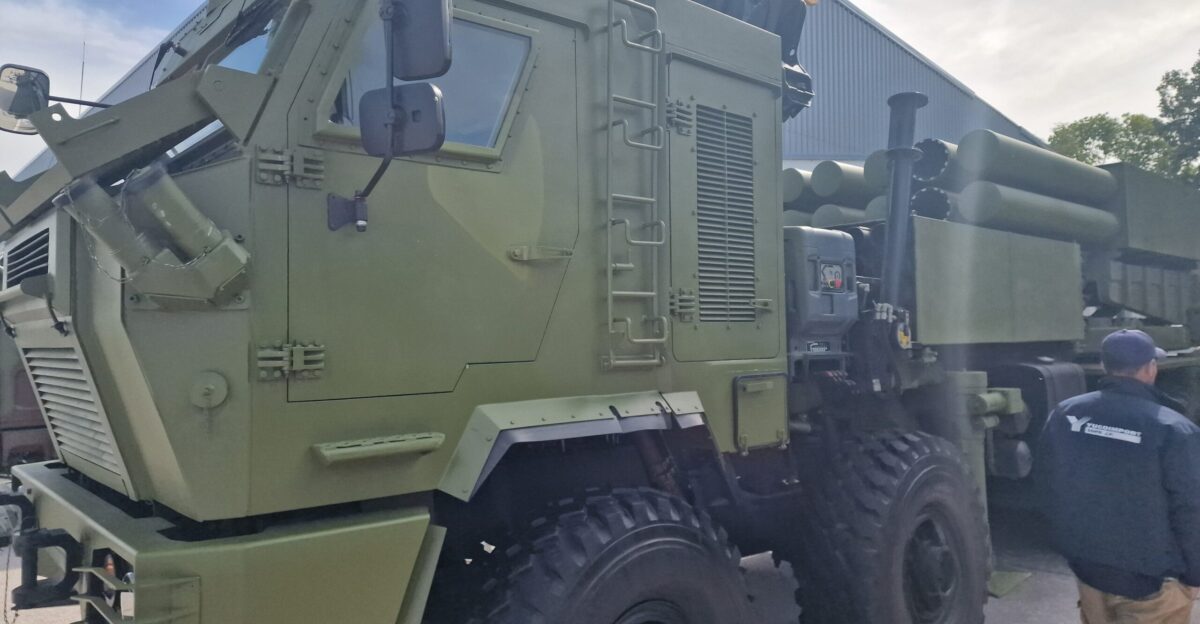
South China Morning Post reports Philippine senators split over Typhon’s presence; some call it vital protection, others fear becoming a frontline.
Army Chief Gen. Romeo Brawner Jr. told the media that drills will continue, but no live shots yet. Residents near bases debate whether added missiles bring safety or danger.
Leadership Vision

“At sea, you can see a ship; on land, it’s harder to spot a truck,” Vowell explained during a Defense One briefing about Typhon’s deterrent edge.
Updated digital links let commanders in Hawaii watch the Australian shot in real time, underscoring new joint command-and-control reach.
Industrial Rush

Reuters notes Lockheed Martin builds Typhon trailers in Arkansas and sees European demand rising after Germany’s purchase request. Suppliers of radar seekers and generators are expanding their factories.
“Whoever controls the factory line controls tomorrow’s deterrence,” analyst Sebastian Sprenger told Defense News.
Expert Caution
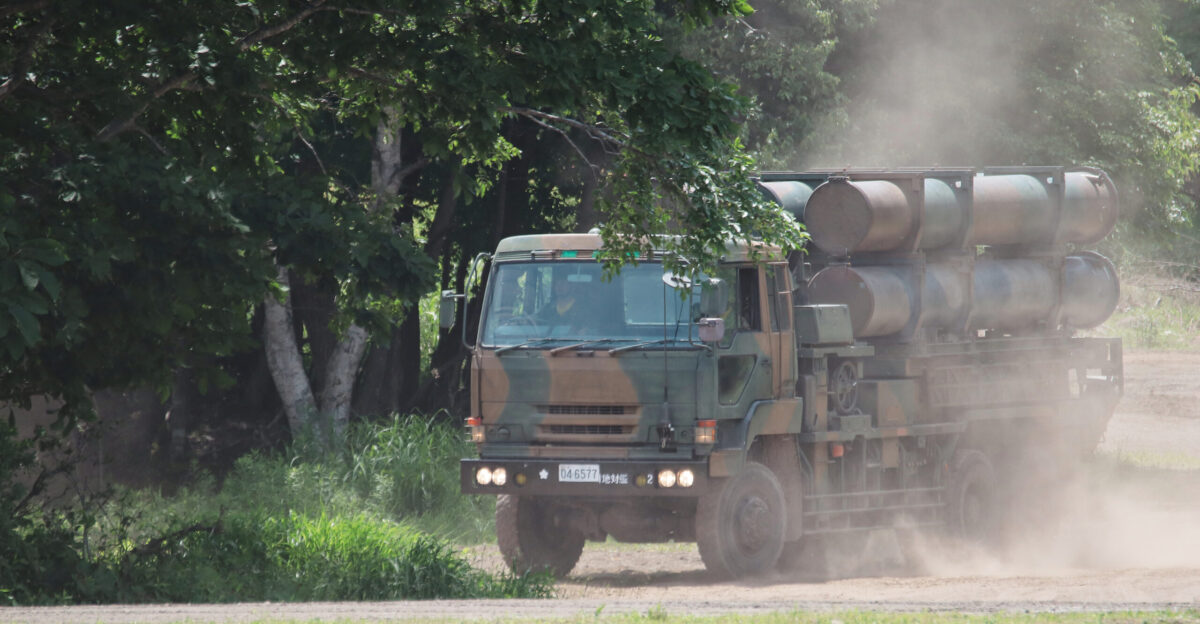
A CRS report warns rapid missile proliferation could spark miscalculation, urging hotlines and dialogues. Supporters counter that credible deterrence prevents war.
As Vowell said to the Defense Writers Group, “Our goal is no conflict; readiness buys deterrence.” The debate mirrors Cold War arguments, now on wheels instead of silos.
Open Horizon

Typhon proved that a truck can sink a ship. Who fields the next land-based “ship-buster,” and how will navies respond? As domains blur, commanders must rethink tactics and treaties.
For civilians, that outback flash hints at a future where coastal highways may conceal decisive shots in tomorrow’s crises, experts caution.

